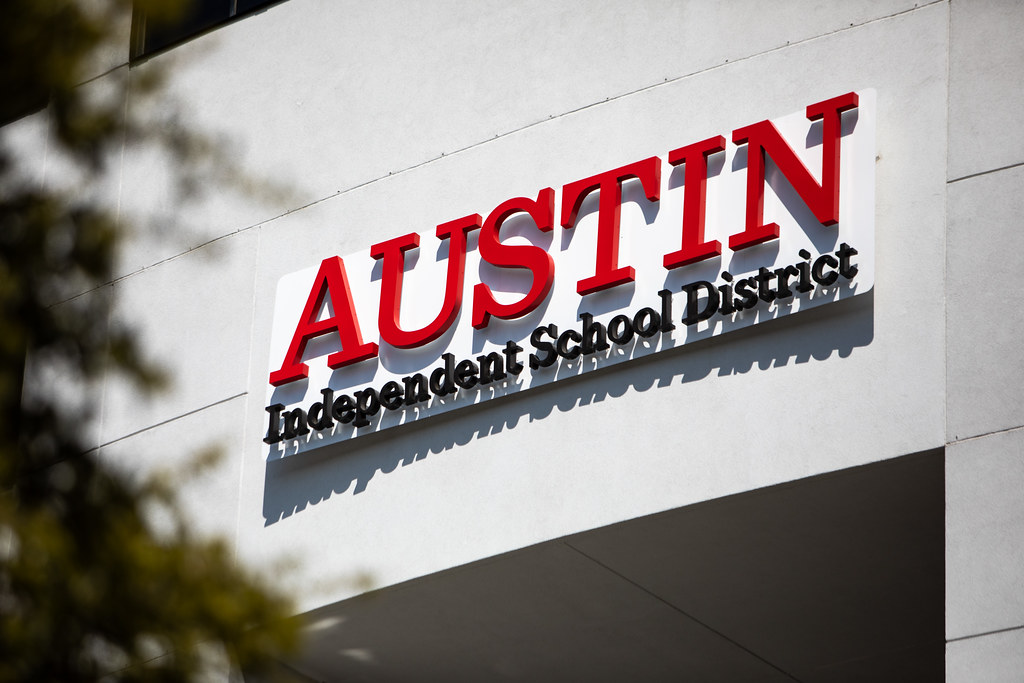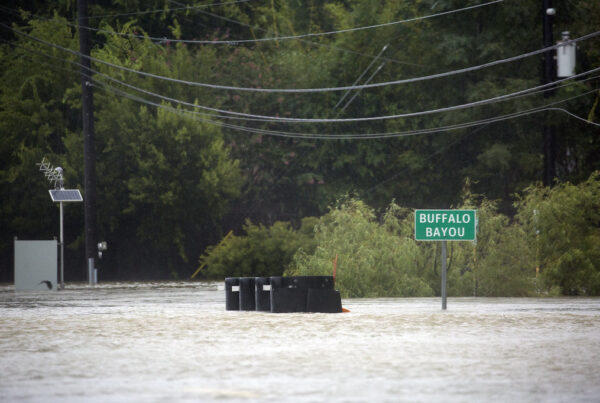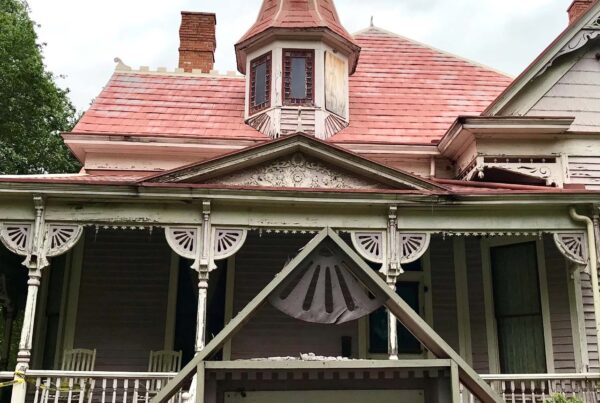School funding and teacher pay were big topics of discussion during last year’s legislative session.
Some school districts were warning their budgets were already stretched thin and hoped that the Legislature would do more to step in and help them. Among the districts sounding the alarm was Austin ISD, which is now looking to cut at least $30 million from their budget next year.
Even with those cuts, the district is still expected to face a $30 million deficit.
Keri Heath, who covers education at the Austin American-Statesman, said the deficit comes from increased costs and inflation paired with the fact the state hasn’t increased the education funding formula since 2019.
“This year, (AISD is) really facing those pressures and are looking to cut from largely vacant positions,” she said. “Officials in the district have pledged that they’re going to try to keep cuts that would affect classrooms and students to a minimum and try to focus on administration, but they’re trying to make the cuts to vacant positions and also reduce their contract expenditures.”
Most of the district’s $976 million budget goes toward paying staff, Heath said.
“The district has said they want to try to keep these cuts to the central office. So this would be people that maybe don’t necessarily interact directly with students. They do seem to be in a better position this year with teacher vacancies than they have been in the past,” she said.
“A lot of Austin ISD’s budget also goes to recapture – this program that takes from districts that make more than the state thinks they need to educate their students and redistributes it to districts that make less. This year, Austin ISD is predicting they’ll send about $660 million back to the state for that program.”
This is not just a problem facing Austin schools. Other districts are also debating how to handle budget shortfalls. San Antonio ISD is planning to close campuses in part in response to financial concerns.
“It’s definitely a statewide issue. When you talk to superintendents across Texas, you’ll hear talks about budget cuts and potentially layoffs and school closures.” Heath said. “We’ve had conversations about school closures in some of the school districts around Austin.
Austin has not been talking about school closures related to budget cuts. That’s not something that seems to be on the table here, but that’s definitely one of the tools that districts around the state are discussing.”
For districts that are in a budget shortfall, they need to dip into the rainy day fund to cover costs.
“I should note that when we talk about a deficit budget, this doesn’t necessarily mean that the district’s going to balance checks. Districts like municipalities keep a rainy day fund,” Heath said. “So they’ll be using some of their savings, essentially, and try to keep a balance that’s still in line with their local policies and law. But this doesn’t necessarily mean the district’s going to be unable to cover its costs. It will be planning to spend more than it’s taking in.”
One way to increase a district’s budget would be to increase enrollment — and many districts, including Austin ISD, have seen enrollment decline in recent years.
“Enrollment in Austin ISD has gone down significantly over the past ten years, and the district actually hopes to increase enrollment as a way to improve its revenue in the next year. But of course, it’s yet to be seen whether that will be effective,” Heath said.
“Increasing revenue is really tied to student attendance. In Texas, districts are funded based on their average daily attendance of students. So really, the revenue that districts take in is really tied to how many students come to class every day.”
Austin ISD district officials are also looking at other ways to increase their revenue, including increasing taxes.
“Austin ISD is considering calling for a voter-approved tax election. So this is where they would approve a rate that’s higher than what they can approve without a vote,” Heath said.
“We saw this succeed in Pflugerville ISD last year. And this is something that districts around the state are considering. We won’t know if Austin ISD trustees actually decide to do this until a little bit later in the year, and then that would be on the November ballot.”
Heath said one of the issues districts point to is that the state hasn’t increased per student funding in five years.
“We saw a lot of pushes to get that done last year in the Texas Legislature. But it really fell apart,” she said. “And advocates will say that it’s because the House and the Senate were embroiled in this discussion about school vouchers, which is a priority of the governor and has really been opposed by many teacher groups.”














